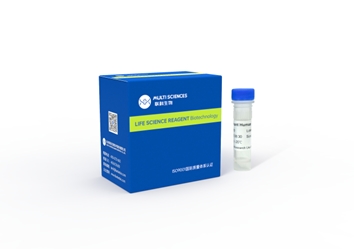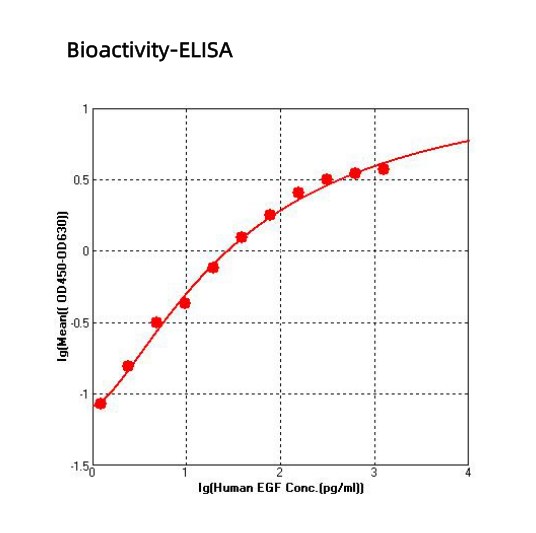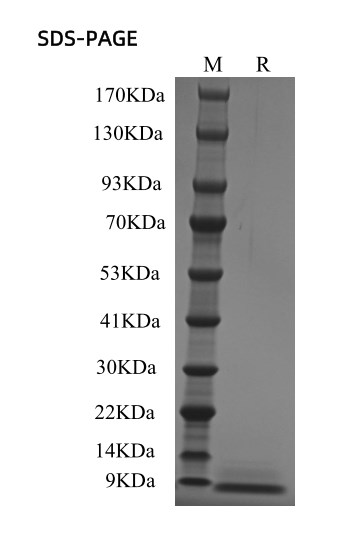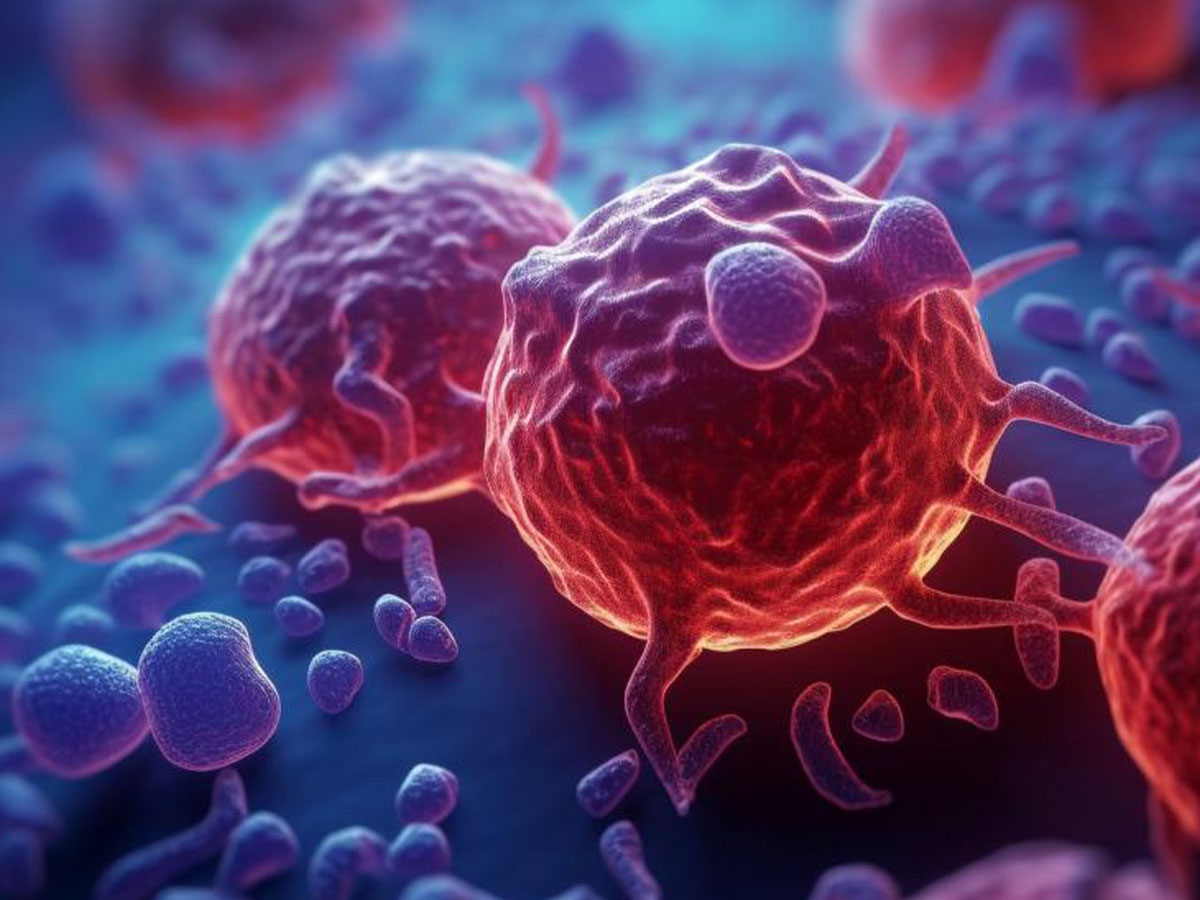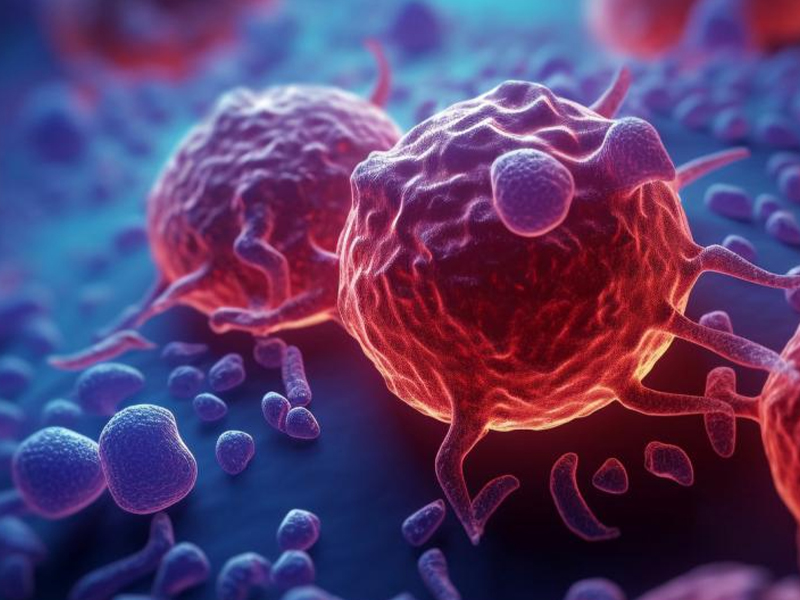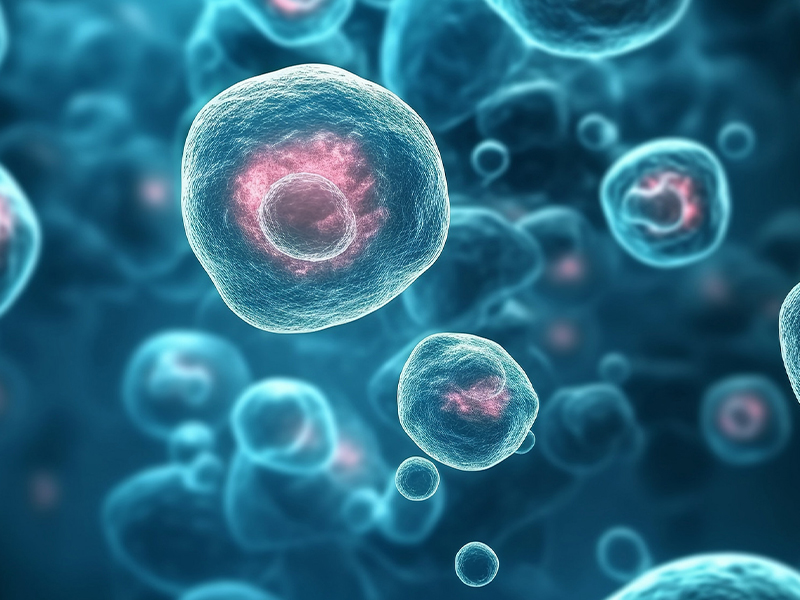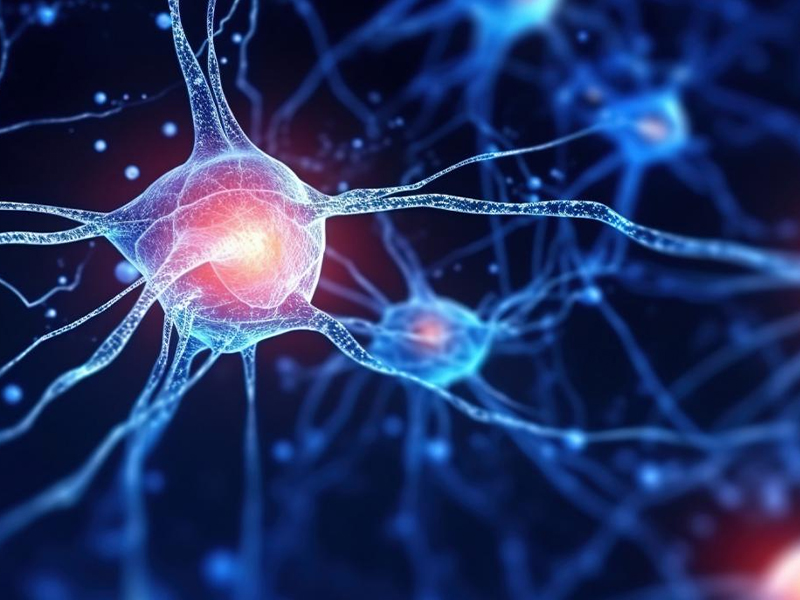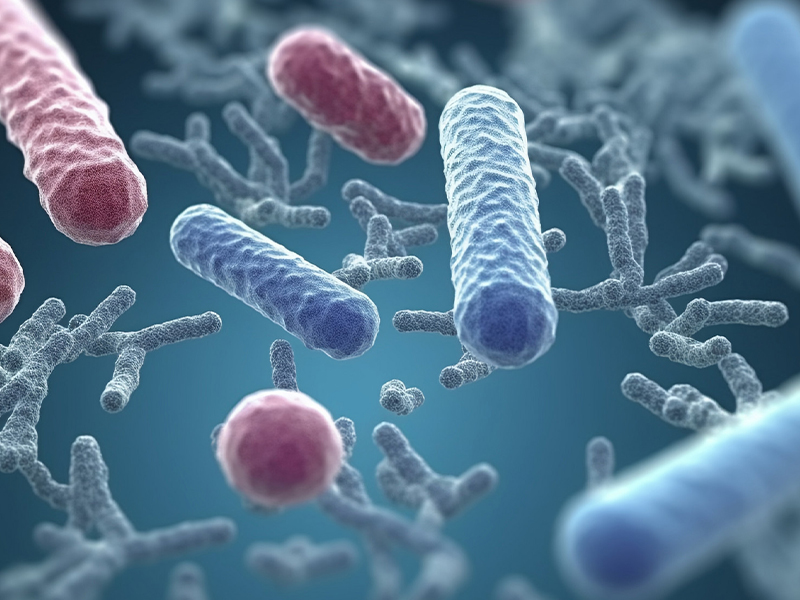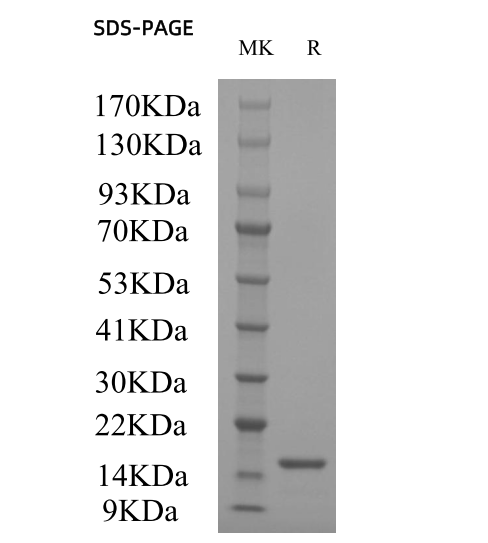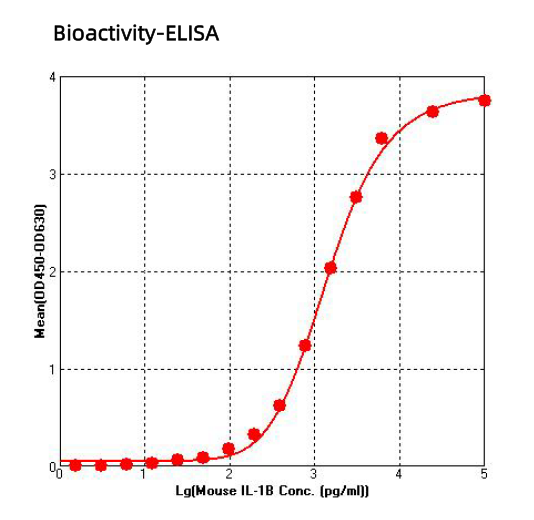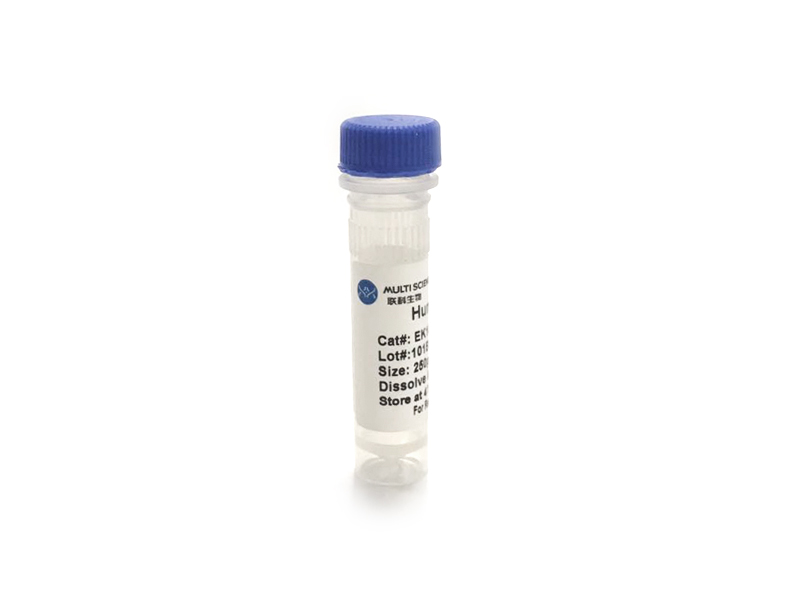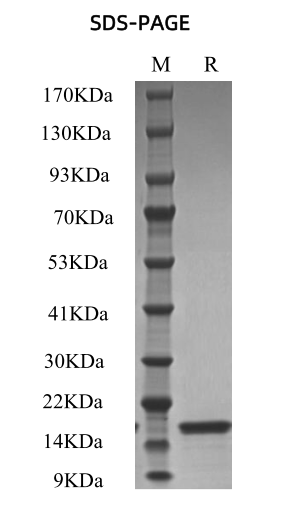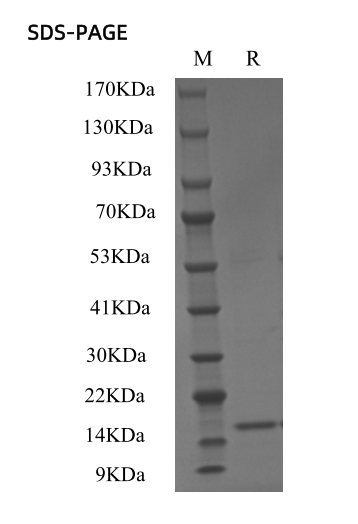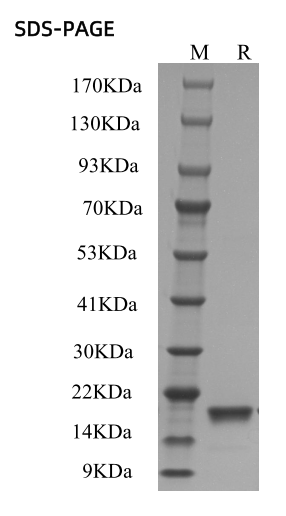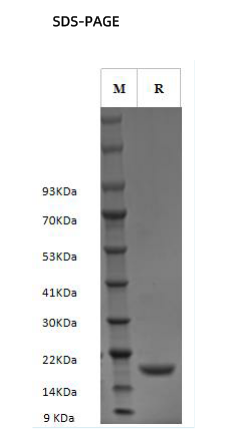Recombinant Human EGF
¥150.00 – ¥660.00
- 分子靶点:EGF, epidermal growth factor
- 种属:人 (Human)
- 表达宿主:Escherichia coli
- 纯度:≥95% as determined by SDS-PAGE
- 内毒素:<1EU/ug
在售SKU: P193, 70-P193-10, 70-P193-100, 70-P193-50
描述
文章目录[隐藏]
General Information
| Source |
Escherichia coli |
|---|---|
| Synonyms |
Epidermal Growth Factor, Urogastrone, URG |
| Accession | |
| Molecular Mass |
6.2 kDa |
| Description |
Recombinant Human EGF is a 6.2 kDa globular protein containing 53 amino acid residues, including 3 intramolecular disulfide bonds. |
| Shipping |
The product is shipped at 4 ℃. Upon receipt, store it immediately at the temperature recommended below. |
| Stability & Storage |
Aliquot the reconstituted solution to minimize freeze-thaw cycles. Lyophilized protein should be stored at -20℃ to -80℃, stable for one year after receipt. Aliquots of reconstituted samples are stable at ≤ -20℃ for 3 months. |
| Reconstitution |
Centrifuge tubes before opening. Dissolve the lyophilized protein in distilled water. Do not mix by vortex. It is recommended to dissolve the product at a concentration of twice the specified specification. |
| Background |
EGF is a potent growth factor that stimulates the proliferation of various epidermal and epithelial cells. Additionally, EGF has been shown to inhibit gastric secretion, and to be involved in wound healing. EGF signals through a receptor known as c-erbB, which is a class I tyrosine kinase receptor. This receptor also binds with TGF- α and VGF (vaccinia virus growth factor). Recombinant Human EGF is a 6.2 kDa globular protein containing 53 amino acid residues, including 3 intramolecular disulfide bonds. |
Specifications
| Formulation |
Lyophilized from sterile PBS, pH 7.4, 5% trehalose. |
|---|---|
| Purity |
≥95% as determined by SDS-PAGE |
| Endotoxin |
< 1EU/ug |
| Bio Activity |
Recombinant Human EGF can be detected by ELISA with a linear range of 2.0 - 2,500.0 pg/mL. (EC50 = 95.18 pg/mL) |
Data


分子信息
EGF 分子靶点信息概述
- 分子名:EGF, epidermal growth factor
- 全称:Pro-epidermal growth factor; epidermal growth factor (beta-urogastrone)
EGF 分子靶点综述
表皮生长因子(EGF)是一种通过与其受体EGFR结合,刺激细胞生长、增殖和分化的生长因子。EGF是小分子量多肽,最迟从小鼠下颌下腺纯化得到,随后在很多人的组织中均有发现,包括下颌下腺和腮腺。由饮食中的无机碘调控的唾液EGF在维持奥罗食管和胃组织健全方面具有重要的生理作用。唾液EGF的生理作用包括治愈口腔和胃溃疡、抑制胃酸分泌、刺激DNA合成以及保护粘膜免受腔内有害因素(如胃酸、胆汁酸、胃蛋白酶和胰蛋白酶)和物理、化学和细菌因素破坏。在某些通常与受体的突变和功能异常(如不依赖于EGF水平或与EGF结合的组成性受体信号传导)有关的癌症中,可观察到EGF受体活性增强。
人 Human EGF 分子靶点信息
- 分子名:EGF, epidermal growth factor
- 别称:
- beta-urogastrone
- HOMG4
- pro-epidermal growth factor
- URG
- 基因序列:NCBI_Gene: 1950
- 蛋白序列:UniProtKB: P01133
人 Human EGF靶点分子功能(预测)
Enables growth factor activity and guanyl-nucleotide exchange factor activity. Involved in several processes, including ERK1 and ERK2 cascade; positive regulation of macromolecule metabolic process; and positive regulation of signal transduction. Acts upstream of or within positive regulation of cell population proliferation. Located in extracellular exosome. Implicated in several diseases, including Zollinger-Ellison syndrome; hepatobiliary system cancer (multiple); high grade glioma (multiple); lung non-small cell carcinoma (multiple); and primary hypomagnesemia (multiple). Biomarker of several diseases, including acute kidney failure; lupus nephritis; neurodegenerative disease (multiple); pancreatic cancer (multiple); and pancreatitis.
引用文献统计
该产品被引用的文献总数为:0
暂无相关文献引用。

